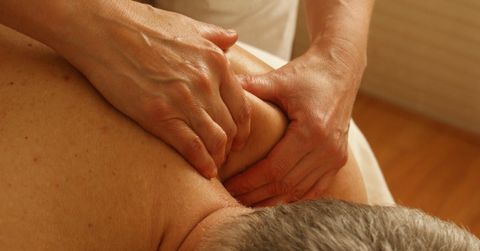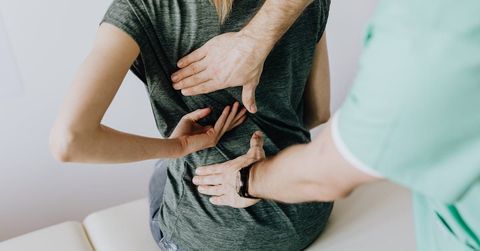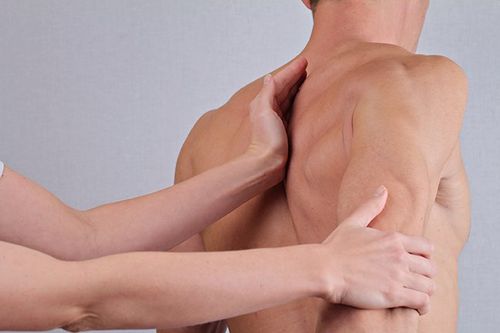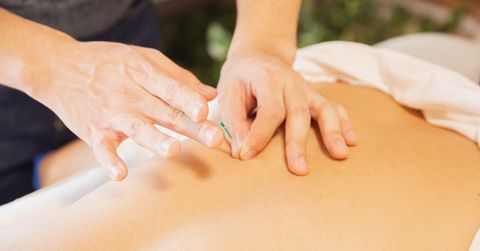Services - Fascial Counterstrain Compared
01
Massage
Massage often focuses on the tender points or “knots” found in muscle tissue by rubbing or kneading the body’s soft tissues.

FCS uses these same tender points, but as a diagnostic tool. Every tender point is associated with a specific anatomical structure and helps us identify where the restriction creating the point is actually located. FCS does not treat the tender point, but rather the anatomy causing the tender point.
02
Physical Therapy
Traditional Physical Therapy in an outpatient setting uses exercise along with modalities and soft tissue manipulation to gain strength and flexibility, and to mediate pain.
Tight muscles are usually tight to protect a deeper structure. For example, a tight hamstring may be protecting the sciatic nerve. In this case, rather than working on the hamstring, we release the fascial restriction around the sciatic nerve. Weakness can often be an inhibition as well because of protective mechanisms within the fascial system. FCS techniques focused on the specific anatomy at the root of the symptom.

03
Chiropractic
Chiropractic care uses direct techniques to force the spine and joints into alignment.

In Fascial Counterstrain, we also work to align the body. FCS uses indirect techniques to release the tissues that are holding things out of alignment. This allows the body to return to a healthy state.
04
Chronic Pain Management
Chronic pain management usually refers to injections, topical and oral medications and/or ablations to relieve pain. Each of these methods wear off over time and need to be repeated. When the pain returns, it can often be worse than before.
FCS does not just treat the symptoms of pain. We seek out the underlying causes and treat the protective reflexes and trapped inflammation to restore the body to health.

05
Acupuncture
Acupuncture uses small needles to balance energy lines throughout the body called meridians. Energy traveling along these lines can interact with organs and other systems in the body. Specific points along the meridians are used to help balance this energy.

Some acupuncture points line up with FCS points but FCS is far more extensive and the points have different meanings. In FCS the points are associated with specific anatomical structures.
06
Dry Needling
Dry needling is done to a specific tender point in muscle tissue to drain the toxins that are trapped in the tender point (trigger point) area.
Fascial Counterstrain also drains toxins but in a very different way. The tender point or trigger point is there through convergence from another structure with trapped inflammation. The body projects the painful point to the skin in a predictable manner. To truly get rid of the toxins in a lasting way, we release the main structure that is projecting to the area on the skin. This not only releases the trapped inflammation in the structure but also allows the inflammation to release from the tender point. An example is tight and painful upper trapezius muscles are often caused by deep cervical fascia or endothoracic fascia or from the fascia surrounding the transverse cervical artery.


